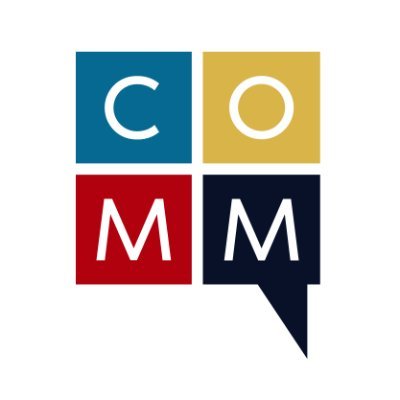Changing mindsets on government anti-hunger programs
The turmoil of 2020 — from the global pandemic to a national racial reckoning — brought crises to every corner of our nation, but some communities felt the hardship more than others. For example, the pandemic spurred a surge in hunger and food insecurity as children lost access to the National School Lunch Program, families faced eviction, and unemployment and housing insecurity skyrocketed. Ultimately, after long-delayed progress and heightened politicization of hunger, the pandemic forced lawmakers to expand food assistance programs to meet the pressing need, driven in part by news stories of cars snaking through parking lots to get a box of food.
To gain a deeper understanding of how pandemic-motivated federal nutrition program changes may have influenced decision-makers’ mindsets, BMSG and the Collaborative on Media and Messaging for Health and Social Policy Team analyzed coverage from the print, digital, and broadcast news media, which play a powerful role in setting policy agendas. Our researchers explored questions like: Whose perspectives dominate coverage? And how is the role of government portrayed?
Our current analysis also focuses on how, if at all, news coverage of food assistance framed racial and health equity, and what this means for narrative change going forward. We assessed whether equity was explicitly named in coverage of food assistance policies, and specifically examined whether a racial equity lens was present in reporting on these issues.
Our findings can help advocates leveraging shifts in public opinion and building political will to expand the safety net permanently, address the foundational inequities that underlie it, and support equity and health for everyone.
Related resources
‘Those who need it the most’: Equity framing in 2021 U.S. print news about food assistance




